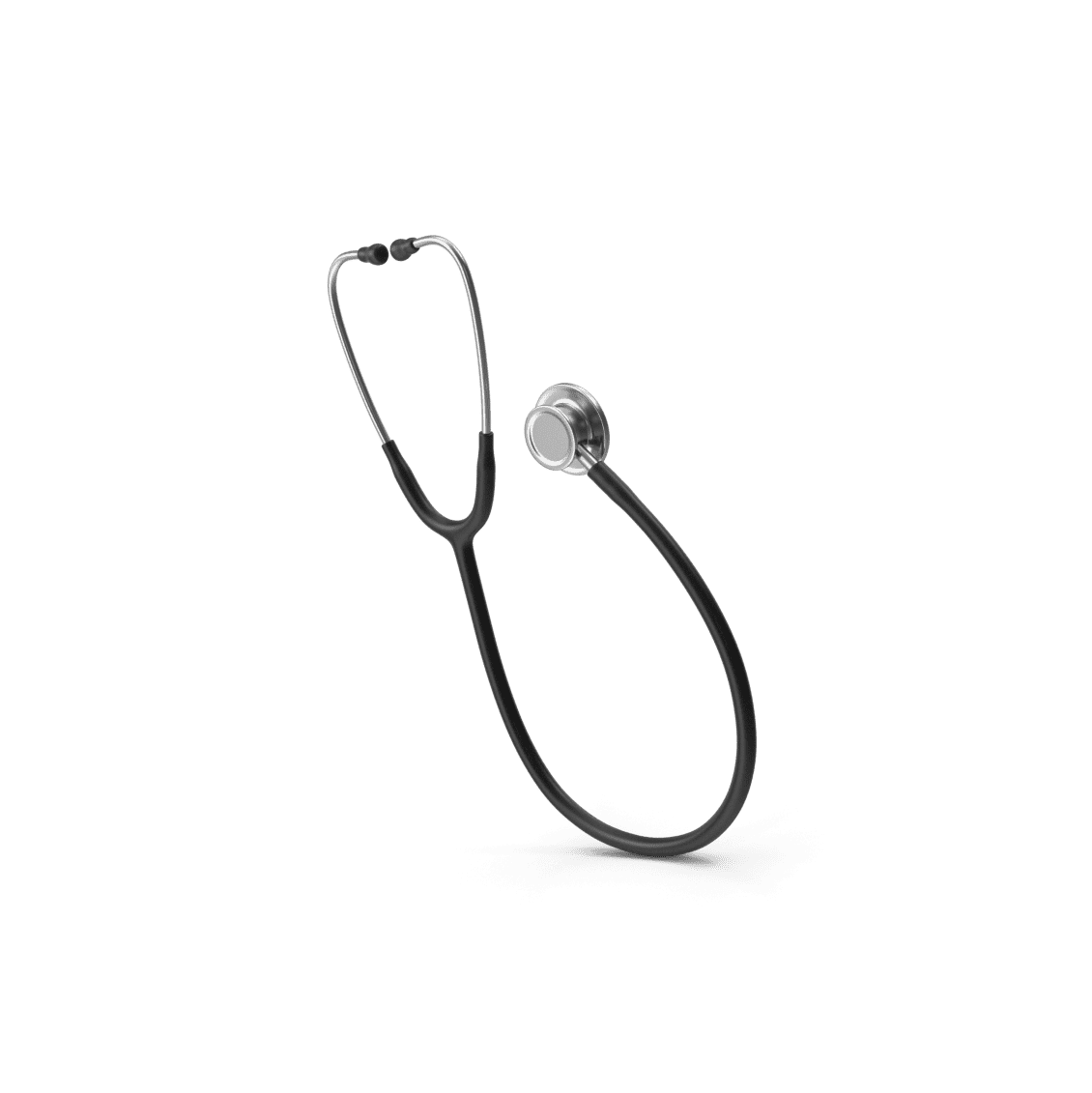Development of technical and operational documentation for medical devices

Назад
Technical and operational documentation for a medical device is part of the registration dossier submitted to Roszdravnadzor for the state registration of the medical device. The requirements for the content of the technical and operational documentation provided by the manufacturer of the medical device are regulated by the Order of the Ministry of Health of Russia dated January 19, 2017, No. 11n, and may vary depending on the class of the device, its intended use, and the level of risk.
Our specialists prepare documentation taking into account all the nuances and requirements of regulatory acts, ensuring it is tailored to the specific device.
Technical documentation

Назад
Technical documentation focuses on the manufacturing process of medical devices and serves as a guide for those who will produce the device. It includes the technical description of the device, calculations, drawings, and diagrams. The technical documentation must be accurate and complete, complying with the necessary quality standards to ensure the safety and effectiveness of the medical device during its operation.
Technical documentation must include the following information:
- Design of the device — what it consists of, dimensions, weight, shape, working principle, etc.
- Materials — which materials are used to manufacture the device and why they are chosen.
- Manufacturing — how the device is produced and which technologies are applied.
- Quality control — how the quality of the device is checked at each stage of production.
- Testing — what tests the device undergoes to confirm its safety and effectiveness.
Operational documentation
Operational documentation focuses on the use of the device: how to turn it on, how to configure it, and how to maintain it. It serves as a clear and understandable user manual for healthcare professionals, aimed at minimizing the risk of errors during its use.
Operational documentation must include the following information:
- Intended use of the device — what it is designed for and what medical tasks it addresses.
- Operating principle — how the device works, including the physical or chemical processes underlying its functionality.
- Device characteristics — technical parameters, dimensions, materials used, etc.
- Instructions for use — a detailed guide on how to use the device, including preparation, procedure steps, and precautions.
- Operating conditions — requirements for the environment, storage, and transportation.
- Safety measures — potential risks and ways to minimize them, as well as first aid measures in case of complications.
- Disposal — guidelines for the safe disposal of the device after its service life has ended.
Stages of documentation development
Collection and analysis of existing documents required for the creation of technical documentation.
Information gathering
01
Experts from RZN.Expert will create a detailed description of your medical device based on the information and documents you provide, including details about its design, operating principles, materials, and manufacturing technology. They will prepare all technical documentation in compliance with legal requirements.
Description and preparation of technical documentation
02
Analysis of technical documentation, test results, regulatory documents, and systematization of data in accordance with the requirements of regulatory documents.
Structuring information for the creation of operational documentation
03
Clear and understandable text, accessible to medical staff.
Writing the text for the device's instructions for use
04
The results of the work done by our specialists will be processed as a package of documents required for inclusion in the registration file.
Registration of documents
05
The documentation preparation time depends on the complexity of the product and other factors. On average, the process takes from several weeks to several months.
Timing of the procedure
06
Other services within the registration of medical devices
m. Kropotkinskaya
Moscow, Voekhonka Street, 15
Our Medtech Business information resource on telegram. Legislative changes, market overview and science in the field of medical devices.




